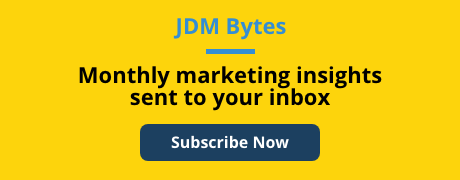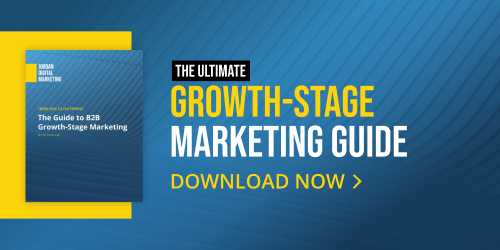What is Performance Max?
In their effort to implement more effective automation, Google has launched the newest campaign type for Paid Ads: Performance Max.
Across a wide range of marketing objectives and media channels, Performance Max campaigns tailor your ads to reach consumers at scale in real-time. These goal-oriented campaigns allow advertisers to have access to all of Google Ads inventory through just one campaign.
Although there are still kinks to be worked out and tools to be added, many advertisers are starting to become smitten with these campaigns. So, we've been running some of our own to see if they’re as good as they’ve been made out to be. Let’s run through some of the limitations, benefits, and initial findings.

When to Use Performance Max
Performance Max is the best option to use when:
- You have specific advertising and conversion goals (e.g. driving online sales, lead generation, etc.).
- You want to maximize the performance of your campaign, and aren't limited by which channel your ads appear on.
- You want to easily access all of Google’s advertising channels using a single campaign.
- You want to get additional reach and conversion value beyond keyword-based Search campaigns.
What are the Limitations of Performance Max?
One of the first things you’ll notice about Performance Max campaigns is that they are clustered by asset groups rather than ad groups. When looking at performance data, advertisers are only able to see performance at the campaign level, not by asset group.
Even though Google will show asset group insights, it only informs advertisers on which headlines and descriptions are performing at three levels: “poor,” “good” and “best.”
UTMs aren’t a solution to helping you grasp more information either. You are able to provide your own URLs, however, tracking ad group ID, ad ID or placement still isn’t available.
When adding audiences to an asset group, you’ll notice that it is now called “Audience Signals.” When you apply audience signals, Google only takes these as a suggestion rather than actual targeting—meaning it will still target other audiences if it thinks it will deliver results. Additionally, you can’t apply any audience exclusions.
If you’re looking to test Performance Max campaigns against your current campaigns, you’re out of luck. Running experiments is still an unavailable feature; it wouldn’t be very helpful even if we could, as performance insights are still so limited.
What are the Benefits of Performance Max?
With all these limitations, why run a Performance Max campaign?
Well, quite simply, they’re easy to set up and require almost no management—which, obviously, is the highlight of automation!
Simply provide video and image assets; a final URL; five headlines, five long headlines, one short description, and four to five descriptions; and then you’re all set! Since Performance Max’s only goal is to optimize, it will utilize the landing page, ad context and audience signals to automate the best results.
Only taking your audience targeting into consideration as suggestions, with no placement limitations, it has the ability to search for and reach the unconsidered, ideal customers—wherever they are.
This unbound reach is due to Performance Max campaigns eligibility to run across all of Google’s inventory, serving in any of the other placements filled by Search, Display, YouTube, Gmail, and Discovery campaigns—which is a big differentiator from Google’s other campaign types.
Initial Findings and Performance
In our initial Performance Max findings, it took about four to six weeks for CPCs and CPAs to balance out. However, after those initial weeks, we saw a lift in conversion volume at a solid efficiency. In fact, CPAs month-over-month were below our target CPA for standard search campaigns. We also noted that our search campaigns performance remained steady, neither escalating nor declining as it ran alongside its Performance Max counterpart.
Just as we were beginning to pick up traction, adding new assets groups and even launching a second Performance Max campaign, we began to notice a concerning amount of spam leads. Since then, we have paused our client’s Performance Max campaigns and have been waiting for Google to get back to us with a solution.
Tips for A Successful Campaign
- Since Google only takes audience signals as a suggestion rather than actual targeting:
- Use the “Demographics” section and the “Additional segments” option to further customize your audience.
- Apply remarketing, customer match, custom audiences and similar audiences to guide machine learning models on the ideal way to optimize your campaign.
- Performance Max’s only goal is to optimize for conversions at the provided ROI target:
- Select the lowest conversion funnel with the most reasonable volume and with the most closely aligned business outcome.
- According to Google, it’s important to run Performance Max campaigns alongside your other existing campaigns because Performance Max works to capture any additional conversions.
- Although best practice is to have a theme for each asset group, if you repeat phrases or words throughout the headlines and descriptions you wont reach an “excellent” ad score.
- Try to make the headlines and descriptions distinct from one another, while maintaining the theme.
As we continue to learn more about this new campaign type, the team at Jordan Digital Marketing will be sure to share more tips and insights. Contact us today to learn more about our Paid Ad Strategy expertise!
